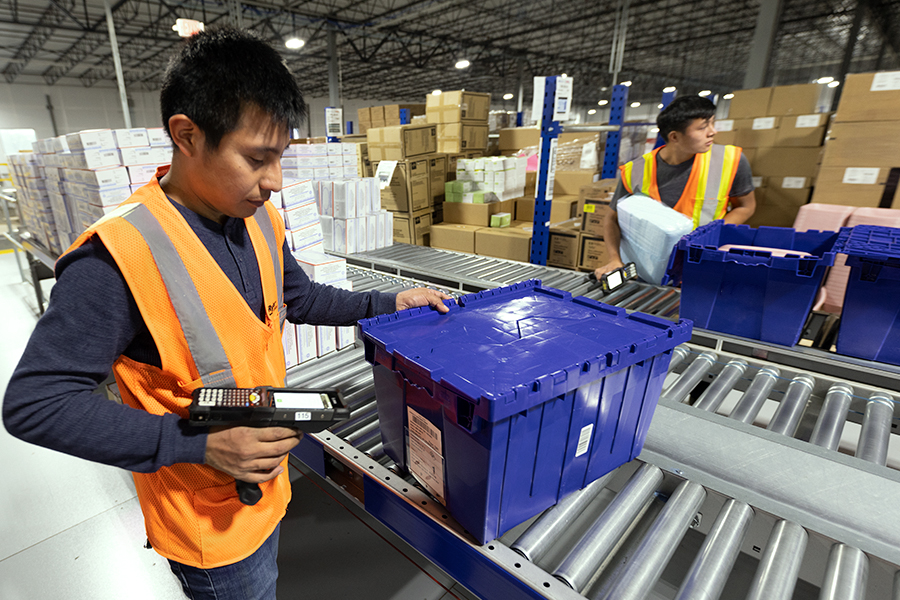Nearshoring has gained increasing popularity, driven not solely by cost considerations but also by a range of other benefits. This trend is not entirely novel, as companies have been outsourcing various aspects of their operations for decades. Embracing nearshoring offers shippers and businesses several advantages, including:
Cost savings: By relocating production closer to end-users, companies can realize significant cost reductions, particularly in transportation expenses when shipping goods back into North America, with Mexico emerging as a key destination.
Speed to market: Proximity to customers and suppliers translates to quicker delivery of products and materials, aligning with the demands of today’s fast-paced global economy.
Closer proximity to suppliers and customers enables shippers to monitor the production process closely, ensuring adherence to quality standards. It facilitates quicker responses to any issues that may arise during production.
Why is there a rise in cross-border logistics between U.S., Mexico, and Canada?
The surge in cross-border logistics between the United States, Mexico, and Canada stems from various factors contributing to a more integrated North American economy.
- The establishment of trade agreements like NAFTA and its successor, USMCA, has significantly eased trade barriers and tariffs, fostering a conducive environment for cross-border commerce. This environment promotes cost-effective transportation and logistics operations because of the proximity of the three countries, enabling companies to capitalize on shorter transit times and reduced transportation expenses. The region’s highly integrated supply chains facilitate seamless movement of goods and components across borders, optimizing production processes and responsiveness to market demands.
- Access to expanded consumer markets is another driving force behind cross-border logistics, providing opportunities for growth and expansion for businesses across North America.
- Leveraging each country’s unique strengths and comparative advantages, such as Mexico’s competitive labor costs and Canada’s abundance of natural resources, further enhances the efficiency and competitiveness of cross-border operations. Ongoing investments in infrastructure development, including transportation networks and customs facilities, continue to bolster the reliability and efficiency of cross-border logistics, further fueling the region’s interconnectedness and economic dynamism.













